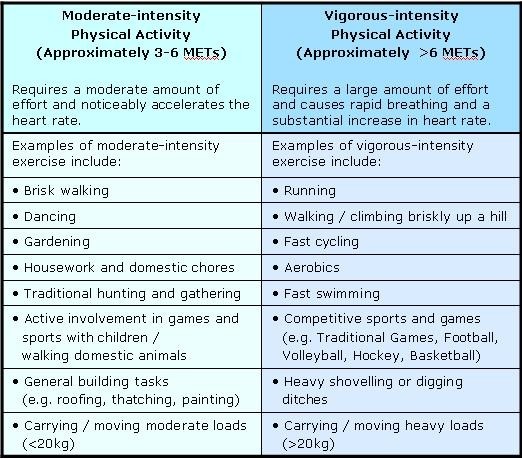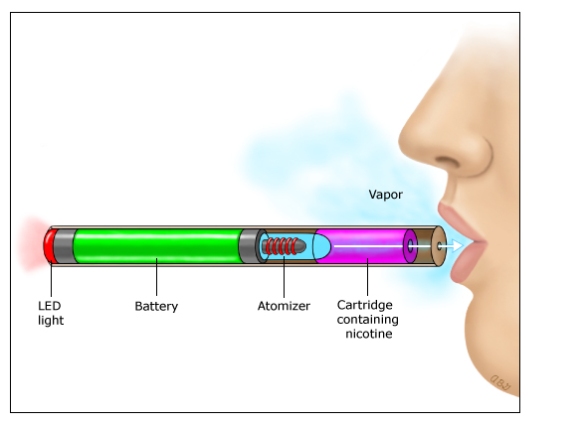
by: Mylo Wells, , PharmD Candidate, 2018, University of Iowa College of Pharmacy
Bone chilling cold is often used to refer to the low temperatures that have been experienced in the Midwest this winter season. For people with osteoarthritis this takes more of a literal meaning as changes in the weather can cause worsening of symptoms associated with arthritis. In the United States 30 million people currently deal with the aches and pains that come along with this condition. Symptoms range from sharp pain usually brought on by physical activity to constant dull or aching pain that may limit activities of daily living. If you have arthritis, below are some treatment options that will help to provide some relief and may have you ready to shovel your walk the next time it snows.
Where to Start

Physical activity has been shown to decrease pain and improve function by nearly 40% in adults with arthritis. Moderate physical activity for 150 minutes per week is recommended to be beneficial for arthritis symptoms. This can be as simple as walking, biking, swimming or gardening for 30 minutes 5 days a week. It is okay to break up the 30 minutes of activity into more than one session per day if necessary. Weight loss that may accompany the physical activity also helps to decrease pressure on the affected joint(s) also providing relief.
Next Steps
Medication therapy is the next place to turn when partial or no relief is obtained with physical activity. There are several options both over the counter and prescription only. The best choice depends on where the arthritis is occurring and some patient specific factors including things such as age.
Topicals
For mild arthritis pain, topical agents are considered the safest options for most patients of any age. They are good options for hand and knee arthritis and in some cases effective for back and hip.
Counterirritants provide modest pain relief but are not considered effective for relieving severe pain. These typically contain menthol and camphor as active ingredients and are available over the counter.
-Icy Hot, Tiger Balm Arthritis Rub and Biofreeze are some common medications in this category.
Salicylates provide modest pain relief as well. They have mild anti-inflammatory effects and are often used in combination with counterirritants. Formulations are available over the counter.
-Aspercreme, Bengay and Sportscreme are common topical salicylates.
-Thera-gesic creams, Bengay Ultrastrength Cream, Icy Hot Cream are common combination products.
Capsaicin is derived from chili peppers. It creates a heat sensation on the skin and reduces levels of “substance P”-a substance secreted by nerve endings that binds with pain receptors. This is considered effective for deeper joints like the hip and back and is available over the counter.
-Capzasin and Zostrix are common capsaicin contain products
Lidocaine blocks transmission of nerve messages of pain to the brain. It helps to reduce sensation or numb painful stimuli. It is contained in topical preparations as well as patches. It is commonly used for back and hip associated arthritis. It is available over the counter and at higher concentrations as prescription only. In patients with cardiac issues it should generally be avoided due to possible systemic absorption.
-Salonpas, Aspercreme w/ Lidocaine and Lidoderm are all common products which contain lidocaine.
Topical NSAIDs have anti-inflammatory effects so they are helpful in reducing inflammation and pain in the arthritic joint. These are a top choice for people who are 75 or older. They are available as a prescription patch, gel or topical solution. Considered effective for moderate to lower level severe joint pain. Diclofenac is the active ingredient in these preparations.
-Voltaren Gel, Flector Patch and Pennsaid are the three available options in this category.
Oral Medications
Oral options can be used alone or along with topical medications. They are considered to provide moderate to severe pain relief. Not all oral medications are safe for every age group or people that may have other health conditions. Oral medications can be used to help treat most types of arthritis including hand, knee, hip and back.
Acetaminophen provides analgesic effects but little anti-inflammatory action. It is most effective when taken on a scheduled basis. This is not a good option for people with liver damage or people who frequently consume alcohol.
-The recommended dose for arthritis is 1000mg four times daily. The maximum daily limit is 4000mg in 24 hours so it is important not to exceed this dosage.
Oral NSAIDs provide analgesic and anti-inflammatory effects. They are generally taken on a scheduled basis but can be used on an as needed basis as well. These are not a good option for people with kidney damage or who have bleeding disorders/are on anticoagulant therapy. Also, people who are 75 or older should try topical products before using oral NSAIDs. If long term use is necessary, GI protective therapy may be used to prevent the development of ulcers. There are over the counter and prescription medications available.
-Recommended ibuprofen dosage is 1200 to 3200 mg/day divided in 3 to 4 doses.
-Recommended naproxen dosage is 375 or 500 mg orally twice daily which may be adjusted up or down based on clinical response. A dose of 1500mg per day is considered the maximum safe dose for prolonged use.
-Meloxicam, diclofenac, celecoxib and other prescription NSAIDs can also be used for arthritis.
Duloxetine is generally used as an anti-depressant medication but has been shown to be beneficial in arthritis. It can be used alone or in combination with other treatment options including oral NSAIDs. It is considered the second line oral medication option. Duloxetine is prescription only.
-The effective dose for arthritis is 60 to 120 mg once daily.
Injections
Intraarticular glucocorticoid injections are steroid injections placed in the joint. These are administered in patients with moderate to severe pain and in those who have not had success with or cannot use other treatment options.
Treatment Options That Have Not Been Shown to Be Effective
Opioids-do not use
Hyaluronans (hyaluronic acid)
Nerve Stimulation
Glucosamine and chondroitin-okay to use, just lack of evidence
Other Nutritional Supplements-okay to use, just lack of evidence
Last Line
Many people can help control their arthritis symptoms with exercise and/or medications. For those that have severe pain with no relief surgery is an option. Knee and hip replacements are major surgeries which take months of time and physical therapy to recover from but do often help those who received little or no relief from other options.
The next time you stop by the pharmacy, make sure to ask one of the pharmacists what they would recommend for treatment of your arthritis symptoms so you can get back to activities you enjoy this winter and spring.
References
Deveza MD, Bennell PhD. Management of knee osteoarthritis. Hunter D, ed. UpToDate. Waltham, MA: UpToDate Inc. http://www.uptodate.com (Accessed on January 15, 2018.)
Centers for Disease Control and Prevention. (2018). Arthritis. Retrieved from https://www.cdc.gov/arthritis/index.htm
Arthritis Foundation. (2018). Arthritis Medication. Retrieved from http://www.arthritis.org/living-with-arthritis/treatments/medication/












